Date: May 9, 2023 By: Gail Sanders
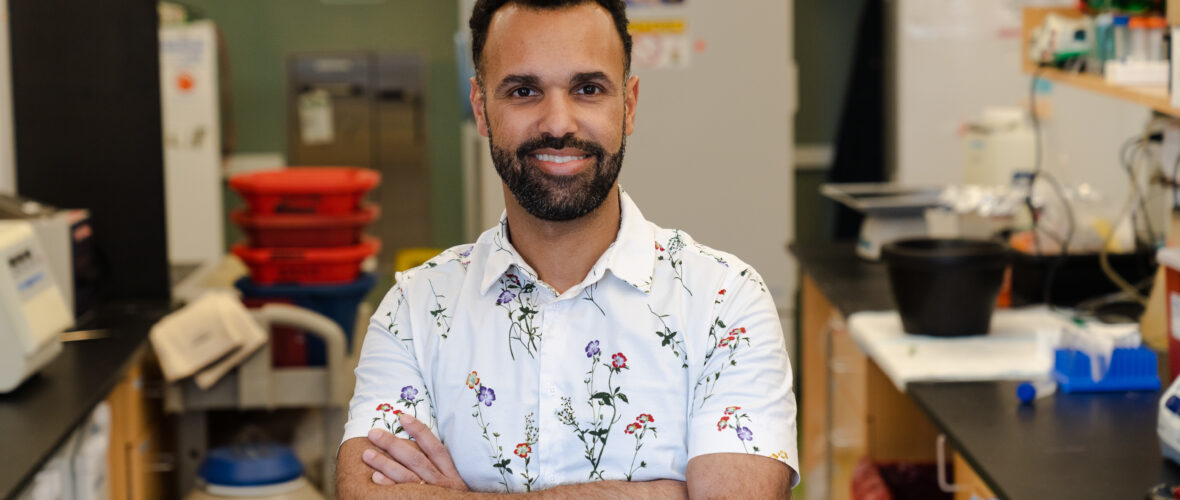
Curiosity and community lie at the heart of this immunologist’s work.
Ragon Institute faculty core member Hernandez Moura Silva has been named a Freeman Hrabowski Scholar by the Howard Hughes Medical Institute (HHMI). The new program supports early career scientists who are committed to creating diverse and inclusive lab environments for their students and training them as the next generation of researchers in their field. Part of an inaugural cohort of 31 Scholars, Moura Silva is appointed to a five-year term and will receive funding that includes a full salary, a research budget, scientific equipment, and professional development to enhance leadership and mentorship skills. He was selected from among more than 1,000 applicants.
The program was named after Freeman Hrabowski, president emeritus of the University of Maryland, Baltimore County, who has been a leading force in increasing the number of scientists and clinicians from backgrounds that have been underrepresented in US science. “Each of our Freeman Hrabowski Scholars has demonstrated their unique potential to advance cutting-edge science and carve out pathways for the inclusive development of postdocs, students, and other researchers,” says HHMI Vice President and Chief Scientific Officer Leslie Vosshall.
A Journey in Immunology
Hernandez Moura Silva began his journey to the Ragon Institute in the small state of Sergipe in Brazil’s northeastern region. His family comes from a humble background: Moura Silva’s grandmother did not know how to read, and he is the first in his family to earn a PhD. His family, looking for better opportunities, decided to move to Brasília, the capital of Brazil. That move set the stage for Moura Silva to fulfill his curiosity and pursue a major in biology at the University of Brasília.
During his first year, fascinated by the exciting avenues presented by biology, he came across an article in the magazine Scientific American about antibodies and how they represented a revolution in the treatment of infectious diseases. At that moment he said, “I need to work with this.” He immediately searched for molecular biology or immunology labs at his university. Moura Silva learned that one lab in the university was developing new antibodies to prevent organ rejection following transplants. He asked to volunteer in the lab, rearranging his schedule so that he could work in the lab during the day and take his classes at night. He remained there for the rest of his time as an undergraduate.
After he completed his bachelor’s degree, Moura Silva was advised to seek out a safe career in the private sector, and was offered a position to work in Brazil’s largest bank. But his curiosity about the immune system drove him forward, and he completed a master’s degree in molecular biology at the University of Brasília. He became interested in how antibodies are formed, and learned how the disciplines of biology and immunology go hand in hand. He went on to get his PhD at the University of São Paulo.
Another turning point came a few years later. Moura Silva was by now a post-doctoral fellow at the Skirball Institute of Biomolecular Medicine at the New York University School of Medicine. Life in New York City was often difficult as an immigrant and person of color. But Dr. Moura Silva had the chance to build a strong support system of mentors there, role models who challenged and encouraged him. Surrounded by these inspiring figures was fundamental to enduring during hard times and appreciating the beauty of science during good times.
In his post-doctoral research, Moura Silva observed a type of white blood cell called macrophages (from the ancient Greek “macro” for “large” and “phage” for “to eat”). These cells are responsible for ingesting dead cells, debris, and foreign materials in our bodies. They surround and kill harmful microorganisms and stimulate the action of immune system cells. They are essentially helpful scavengers and are an integral part of our immune system. But Moura Silva wondered why the macrophages were present even in tissues that are not typically exposed to potential infections. It suggested that macrophages support normal tissue function. Why were macrophages active even when the body was not under attack by pathogens? Could they tell him something about how the body maintains health and prevents disease?
At the Ragon Institute
At the end of 2020, Hernandez Moura Silva applied for an open position at the Ragon Institute. He considered it a long shot, but his mentors urged him on. The offer, a double appointment with MIT’s Department of Biology, was another defining moment in Moura Silva’s career. “I’m in the job of my life,” he says. He credits Facundo Batista, Associate Director and Scientific Director of the Ragon Institute, with giving him the freedom to exercise his enduring curiosity.
In his lab at the Ragon, Moura Silva continues to explore macrophages and the mechanisms mediated by immune cells that support normal tissue function. He calls it “tissue physiology.” By understanding the essential principles of good health, he hopes to develop new strategies to tune molecular pathways to reestablish normal tissue function in pathological conditions, such as type II diabetes or arteriosclerosis.
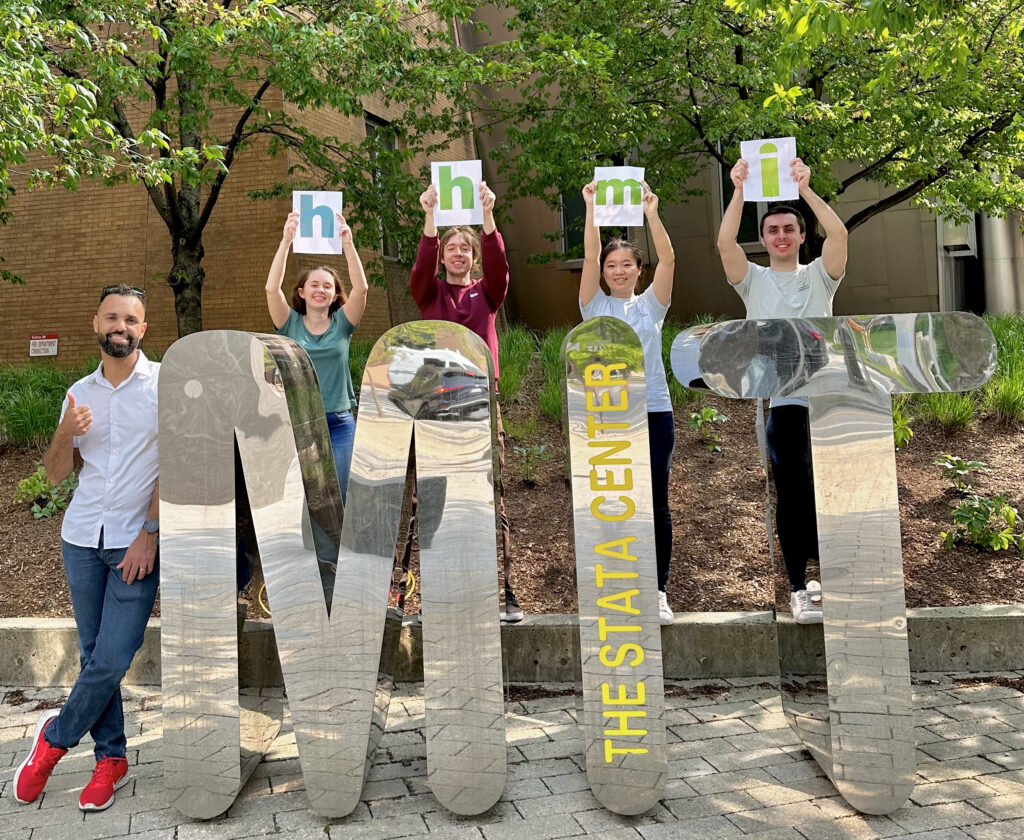
Freeman Hrabowski Scholar Award
What does it mean to Hernandez Moura Silva to be part of the inaugural cohort of Freeman Hrabowski Scholars? Part of the program’s mandate is for the Scholars to train the next generation of scientists, particularly researchers from disadvantaged backgrounds. Moura Silva feels an urgent responsibility to provide a welcoming community and mentorship to these researchers, encouraging them to explore bold ideas. “We can’t deny that funding for science is limited across the US and the world. This crucial support from HHMI provides the freedom for my trainees to take informed risks and be creative. And it inspires them to ask big questions about immunology. However, it is not just about money and discoveries. It is about building community, about shaping science and the next generation of scientists by creating spaces where everyone can thrive and be transformed.”
What is next for Dr. Moura Silva? “I myself am proof that education can transform lives. I want to be an agent of change for my students and trainees, and have them change the lives of other scientists in their turn.” Moura Silva compares science to a brick wall: Every scientist contributes their own brick until a breakthrough discovery is made. “It is a joy to give my lab team the chance to add their own bricks to the wall. I’ll never make these discoveries alone.”
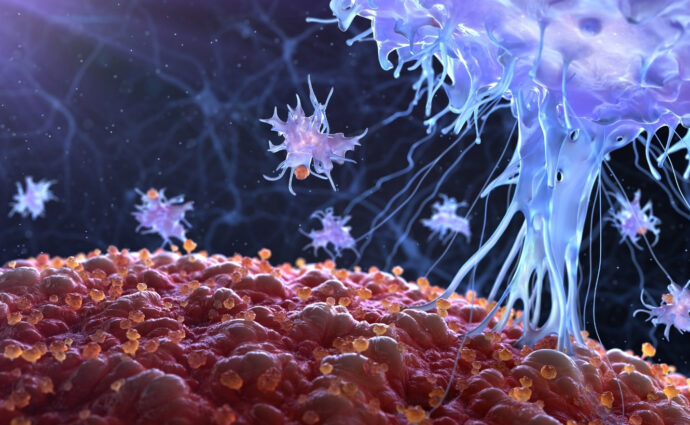
Their findings, to be published in Cell next month, reveal how the virus manipulates immune system processes to avoid destruction by natural killer (NK) cells, a type of white blood cell that is crucial for fighting viral infections.
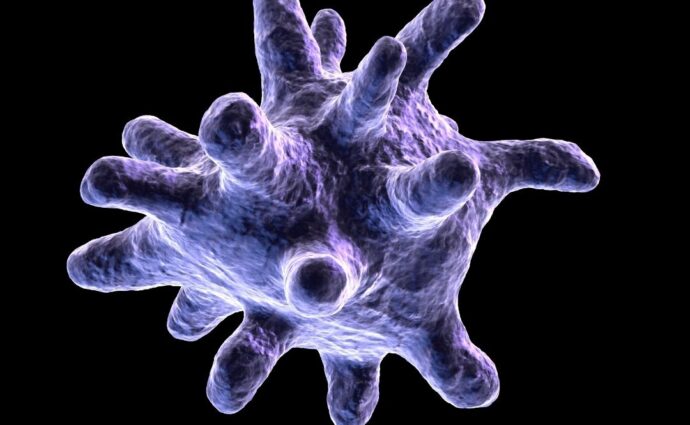
The lab of the Ragon Institute faculty member Hernandez Moura Silva, PhD, recently published a review in Science Immunology regarding resident tissue macrophages (RTMs), shedding light on their multifaceted roles in organ health.
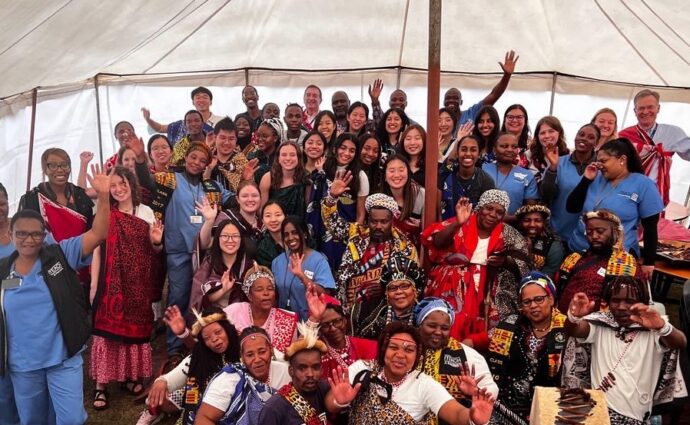
After three years off due to the COVID-19 pandemic, the Ragon-MIT course HST.434 returned this January to provide 24 students a once in a lifetime learning experience